“I saw the Sun and it seemed to me I was seeing a glorious goddess; To Her I bowed for one last time in this world of Time.”
– Sólarljód – the Song of the Sun st. 41
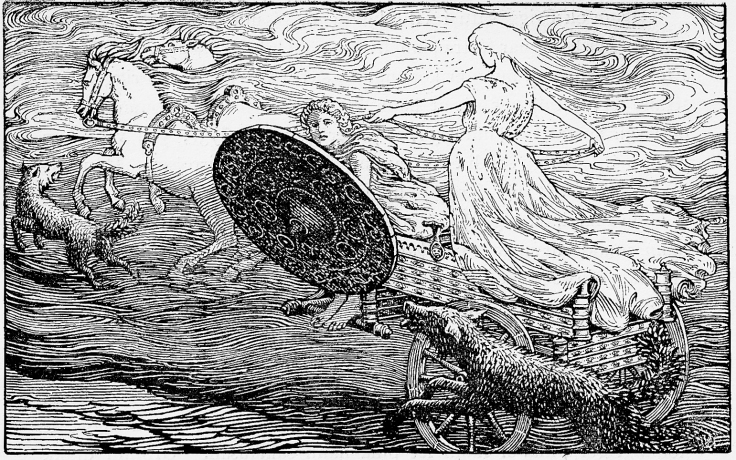
Over the years I have found myself time and again delving into the ancient Celtic holy days as a part of an intrinsic desire to further connect with my Scots-Gaelic (and probably Gallic) roots, which I see as part of my personal spiritual practice. Yet I am also a large part English, which is a component I had never really honored in the past. This is no doubt due to some anti-English sentiments I have felt because of the horrifically oppressive and even genocidal treatment of my Scottish and Irish folk at the hands of the English, a disdain for the seemingly degenerate monarchy that arose post-Norman conquest, and a general contempt for the British Empire. Interestingly I had ancestors that fought for the Colonists as well as an ancestor who was a major British general during the American Revolution. Personally, I feel that these ancestral “brothers’ wars” have an effect on us at a genetic and soul level, creating a source of internal division and conflict to be worked through.
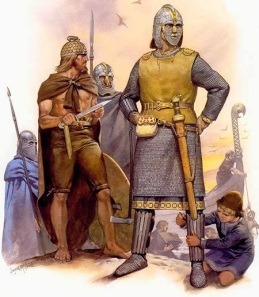
Recently though, my view of my “Englishness” has changed as I began to look further back in history at the Germanic tribes known as the Anglo-Saxons that settled the British Isles in the early part of the last millennium with a sense of wonderment and intrigue. The Celtic and Germanic (as well as Nordic) peoples can essentially be seen as different branches of what are known as “Indo-Aryan” or “Indo-European” peoples, and one can pretty easily discern from looking at me with my fair skin, long facial structure, and large blue eyes that I am quite “Teutonic” (Germanic/Indo-Aryan). These Germanic peoples had similar myths and festivals as their Celtic cousins. One of these festivals was what was known as “Yuletide”- a festival of drinking and merriment as well as connecting to the supernatural. This festival would have lasted from the Winter Solstice into the second week of January. The eighth century scholar, Bede, speaks of this as an important time for the Anglo-Saxons:
“They began the year with December 25, the day we now celebrate as Christmas; and the very night to which we attach special sanctity they designated by the heathen mothers’ night — a name bestowed, I suspect, on account of the ceremonies they performed while watching this night through.”
It should be noted that December 25th during that time was in accordance with the Julian calendar. In the Gregorian calendar system that is used today, this date correlates with December 20th- right around the time of the Winter Solstice. This Saxon “New Year” or what they referred to as “Modranect” or Mothers’ Night, was a celebration that was connected to the rebirth of the Mother Earth, as the Solstice brought about progressively longer days. The rituals and ceremonies conducted would have been linked to fertility and a celebration of the coming new life of spring. In fact, the traditional decoration of holly and ivy were used as representations of masculine potency and feminine protective nurturing. Freyr and his sister, Freyja, the Saxon god and goddess of fertility, would have been honored at this time.
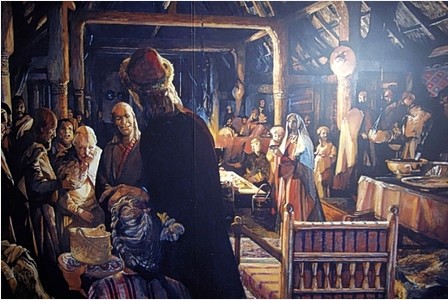
But there was of course, another major figure that would have been subject of praise and reverence during this time of the Solstice- that of course would be the goddess Sól herself. Referred to in Old High Germanic language as “Sunna”, this was of course the goddess of the Sun. The ancient peoples were well attuned to the vital role the Sun played in the creation and nurturing of life in the Earth, and no place would this have been more understood or celebrated than the cold lands of Northern Europe. The time of the Winter Solstice was seen as the miraculous birth or re-birth of the Sun after seemingly being taken by the increasing darkness and death that appears leading into the winter months. The climax took place on the day of the Solstice itself, which was and is the “longest night”.
The Poetic Edda (a sacred Norse-Germanic prose) known as the “Vafthrudnismál” describes the apparent death and rebirth of the Sun at the Solstice in stanza 47:
“A daughter is birthed by Elf-Splendor (the Sun goddess) after she is swallowed by the wolf. She (the New Sun) shall ride as the gods are dying the old paths of her mother.”
In the Norse-Germanic mythology, the Sun was a goddess who drove a golden chariot across the sky (similar to Apollo or Helios in Greek mythology) while being pursued by the wolf of darkness. The wolf would eventually devour the Sun on the day of the Solstice, only for the Sun to be miraculously reborn, hence starting the cycle anew. This “death and rebirth” of the Immortal Sun was also something that was understood to happen not only on the yearly cycle, but was also reflected in larger cycles of time, as this was part of the events that take place at Ragnarok- the end of the Age.
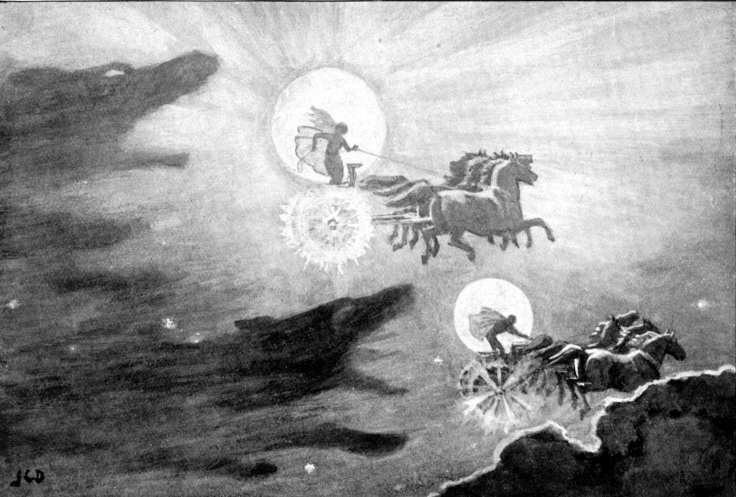
In her article, “The Old Norse Yule Celebration – Myth and Ritual”, author Maria Kvilhaug describes some of the symbolism behind this:
“In Norse mythology, the wolf is a creature of Hel and the Underworld, representing death as well as related issues such as desire, life-force, survival instincts, hunger and greed. Not an evil creature but a formidable one and often an opponent, unless you learn to steer it like the giantesses Hyrokkin (“Fire Spinner”), Hyndla (“She-Wolf”) and the god Odin (“The Spirit”) appear to do. In the case of the Sun, we may safely assume that the wolf who eats her represents death, and death is in Norse myths not a fixed state but a transition phase associated with dark and coldness – and winter.”
Kvilhaug explains that Sól herself was understood by the Germanic peoples to be an essential element of the Cosmos:
“There are a few fragmented myths and texts about her which show that she was essential to the order of cosmos, to time and to the creation of life on Earth: She came from the southern realms of heat (same as the norns and the valkyriur) threw her right hand around the “steeds of heaven” (the planets?), claimed ownership to her “halls” (the planets?) and shone her rays upon the rocks of the “hall” called Earth, which then began to sprout forth green growth.”
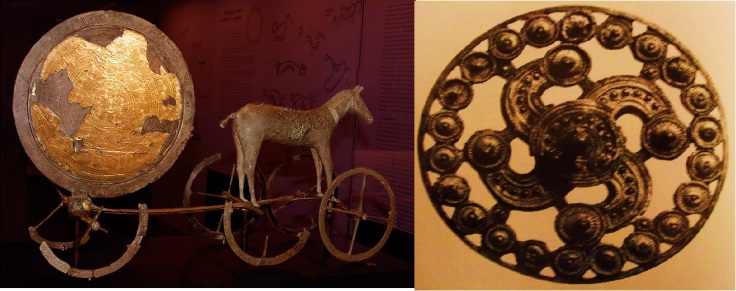
This notion of the Sun as a goddess is somewhat of a deviation than what many who are familiar with mythology and esoteric lore are familiar with. Typically we see the Sun most commonly represented and understood as a masculine principality, seeding the Earth with the Light that is the progenitor of life- commonly understood masculine traits and functions. From Horus, to Apollo, to Jesus, to Quetzalcoatl, the solar deities we are familiar with are all male. So how do we explain this apparent deviation?
Culturally, women were revered in Celto-Germanic society and they lived in a far more egalitarian fashion with men than did the peoples of the Mediterranean and Middle East, where much of the institutionalized “patriarchy” so maligned by feminists arose. In fact, women themselves had property rights as well as the ability to divorce her husband, which was something that was later done away with under Roman-Semitic Christianity. This reverence of the goddess figure may reflect this cultural difference between the peoples of the North and the peoples of the more Southerly lands. But I think we can go a little deeper with this as well.
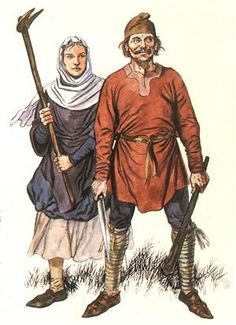
It should be understood that all beings possess both masculine and feminine traits. In the physical world, this is most obviously characterized by hormonal structures like testosterone and estrogen. While both men and women carry both of these, it is testosterone that will typically be more dominant in men, making them more “manly” than women. Obviously this is a gross over-simplification but I think you get the point. This concept is articulated in the Principle of Gender, found Hermetic text known as “The Kybalion”:
“Gender is everything; everything has its Masculine and Feminine Principles; Gender manifests on all planes”
The Sun has previously stated masculine quality of “seeding” life, but it also has the feminine quality of nurturing the seed of life as well. It could also assumed that as we move further away from physical matter and towards pure spirit, things like gender become less fixed, meaning that an entity existing in a higher and lighter vibrational state can more readily shift at will from masculine predominance to feminine predominance and vice versa.
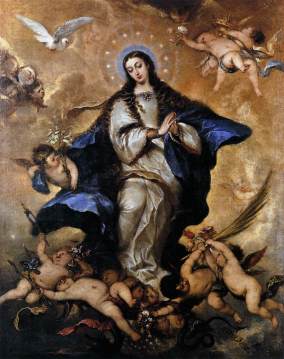
Another interesting difference from this story and other “Sun Birth” stories, is that here we see a female Sun giving birth to another female Sun, without any sort of apparent “seeding” process. At first glance, this appears to contrast the Nativity story of the Virgin Mary giving birth to Christ Jesus, who was conceived by the seed of the Father God. Something that is often overlooked with that story though, is that it is the Holy Spirit, and not God “The Father” who technically seeds Mary with Jesus. Gnostic and other esoteric traditions have long understood the Holy Spirit to in fact be female in nature. The Nativity is a story describing how the Christ Light- the Light of the Eternal Sun- miraculously emerges out of the Womb of the Great Mother, which is the Void of Darkness from which the Light of Creation emerges. The Sun in the sky is the supreme physical manifestation of that Light.
Many scholars of Norse-Germanic mythology point to Sól as being a prominent deity from an older, “Proto-Indo-European” culture due to linguistic connections from Sanskrit, Gaulish, and Slavic peoples among others. Recent archaeology has pointed to a period of time in the ancient past where the primary deities were female. This has been noted in Egypt, the Near East and India. Some speculate this was a time that was right around the “Flood” event. It is later that we find a switch to the rise of male deities being the most prominent. As I have speculated in previous articles, (which is correlated by the work of various scholars and stories like the creation saga of the Bock Family) much of the mythology and archaic wisdom from the Celto-Germanic peoples may very well have been a holdover from a much older system of knowledge than that of the Roman and Semitic systems that eventually sought to absorb or obliterate them.
It perhaps that the understanding of Sól comes from a time when the idea of self-regeneration or even asexual reproduction like some plants may have been something that was experienced by humans. This may have been a time before “male” and “female” as we understand them to be, existed in humans. Perhaps it would have been a time when humans could create with the power of light and sound alone, without need for physical procreation, as we have come to know it. If so, that would be a most archaic form of knowledge that would harken back to the Satya Yuga or “Spiritual Age”, before the full descent into physical matter and flesh. Of course this too is somewhat speculation, but I find the notion intriguing nonetheless.
We could also be dealing with a different incarnation of the Sun altogether. I have had spiritual teachers who have stated that they understood the previous incarnation of the Sun or “Christ”, to be Isis- one of the many faces of the Goddess. Likewise, Mayan prophecy states that we are living under the “Fifth Sun”. It is perhaps that each incarnation of the Sun takes either a feminine or masculine form. All evidence points to us currently being under a masculine incarnation with the prominence of male solar figures like Christ Jesus. The Solar Goddess worshiped by the ancient Germanic peoples again, may have been a holdover from the previous age.
In any case, by the time of the Norse-Germanic myths that most are familiar with from Viking lore, Sól appears to have been separated into multiple different goddesses, most notably Freyja and Idunn– who was seen as a life-giving golden goddess:
“There dwells in the valleys a knowledge hungry goddess The Seed of Yggdrasill (the Universe) sinking down the Ash (the Universe) of the lineage of Elves her name is Idunn (Stream Returns to Source) (She is) the oldest child of the Inner Ruler´s (and she is) the youngest child”
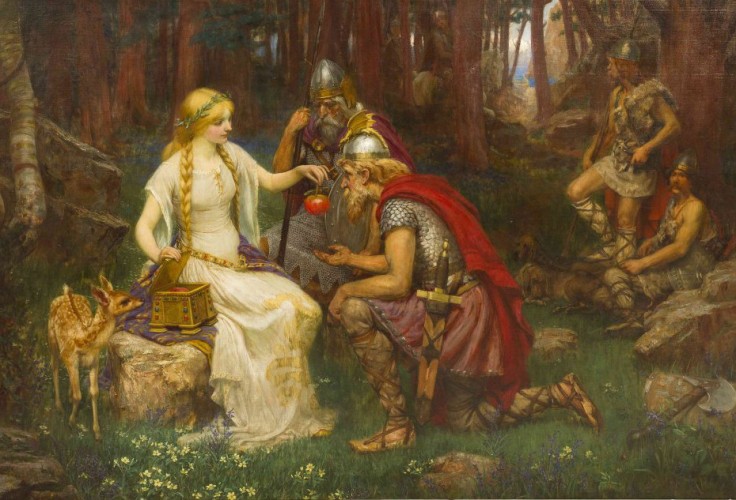
This notion of “Elfin lineage” mirrors the story of Sól in the Vafthrudnismál which states that she is “birthed by Elf-Splendor” (anyone else thinking Christmas Elves?). Maria Kvilhaug explains:
“Apart from being the “seed” of the universe and one that returns (cyclically?) to the point of origin, It is the elfin lineage that gives Idunn´s “secret identity” away – if not as the Sun herself so at least as one of the goddesses who inherited the essential attributes of the older Sun goddess… elves representing souls may have been important during the time that counted down to the Winter Solstice as well as during Yule. Then we should bear in mind that the Sun goddess was not only called Sól (Sun) but also Alfrödull – which translates as “Elf Shine, “Elf Splendor” or “Elf Wheel”. Thus she is the wheel or shine or splendor of the elves, which ultimately represented souls.
An association to the Sami Sun goddess is appropriate here, since the Sami goddess Beaivi Nieida, the “Sun Maiden”, was considered the source of all souls. The souls came to Earth as rays from the Sun Maiden, and were received by the Earth goddess Matahrakka, whose three daughters distributed and protected the souls when entering the wombs of female individuals.”
This notion of the “Sun Maiden” as the source of all souls, which come to Earth as rays of the Sun is mirrored in Toltec mythology as is articulated by Toltec Shaman Don Miguel Ruiz:
“Light is a living being. There are billions of different vibrations of light. Light carries all the information for any kind of life on Planet Earth. Mother Earth transforms the information in the light from the Father Sun to create life. The DNA in each of our cells is a ray from the Sun condensed into matter by Mother Earth.
The information carried by the light is known as the silent knowledge. The silent knowledge is stored and passed on in DNA; therefore our bodies contain the codes.
All knowledge that exists is in the light. Light is the way stars communicate from one to the other, just as light is the way one atom communicates with another atom.
Each human has a frequency of light, which is always connected to the Sun, like a river to Earth…”
The great myths that tell the story of the cycles of the Cosmos also take place within each of us individually; “As above, so below; as below, so above”. Sól is the Soul, which encapsulates the Divine Self and resides in our Sol-ar Plexus. It is the Light and the essence of Life that makes up our DNA. We are born of the Light and when we move through the darkness, we give birth to a fuller realization of that Light within us. Yule is a time to reflect on what that means and take action necessary to ensure the alchemical birth the Sun from inside of us, extending its loving Light to our family, our friends, our folk, humanity, and all life in Earth.
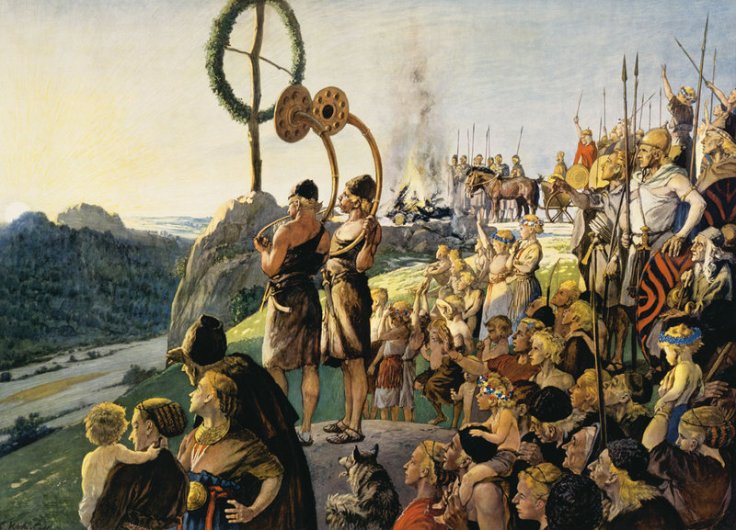
Those who have ears to hear should hear. Yuletide Blessings and Merry Christmas 🙂